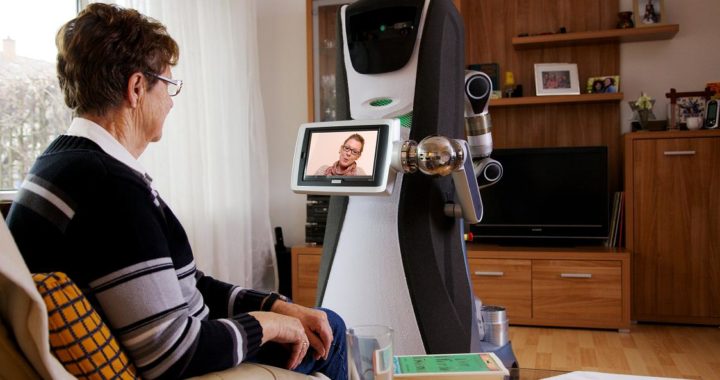Research on caring for the elderly in their homes has aimed to help alleviate the natural anxiety and increased work load felt by everyone involved. The research ranges from environment to personally embedded electronic devices. Here are a few examples:
– Studies show that music and singing with or for a person with dementia can reduce communication problems and aggression toward the caregiver.
– In 6 focus groups, of staff and patients, and in-home and assisted facilities, spoke about a personally applied wandering device. All felt that the wanderer would eventually ignore the alteration device. They felt that it should be waterproof and easily turned on and off by the caregiver. Two-way communication was also a concern, as was camouflage of the device. (e.g., to look like a watch).
– Another study looked at medication compliance, using a live video or phone reminder. The first month showed no difference in adhering to medication schedule, but after six months, those who had live audio reminders had over 20% higher adherence to treatment.
– Another study gave an Alzheimer’s patient three phases of treatments, in hopes that a computer display would improve the patient’s memory and sense of identity. This relatively inexpensive technology was set up in the kitchen with photos, narratives and videos of the subject’s life. Eight varied psychometric tests measuring well being, communication, cognition and caregiver relationships showed that the ambient treatment alleviated general apathy and the decay of positive self-identity.
Studies show that quality of life, according to the patient, is greatly dependent on self-esteem including respect, dignity and better interpersonal relationships. Technology can assist the lay caregiver during the early stages of dementia by taking the workload off the family and the overall health care system. One concern is that with more care automation may come disinterest in the patient. The opposite is true. Not only is more time available for social interaction with the elderly, but the patient becomes happier and less burdensome. The patient can perceive this from the caregivers, and this can boost self-esteem.

